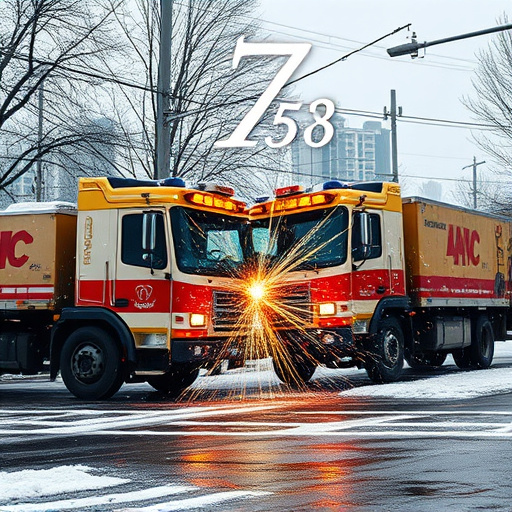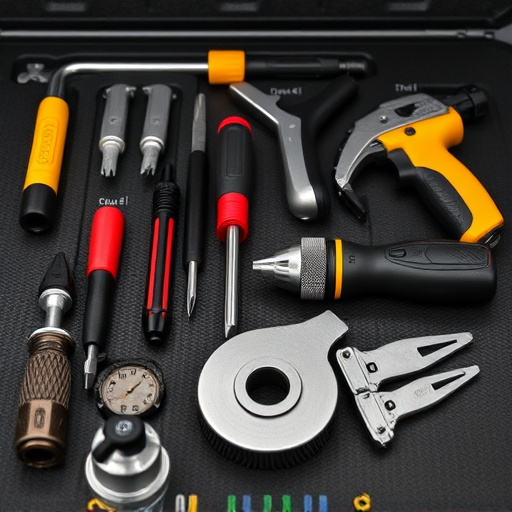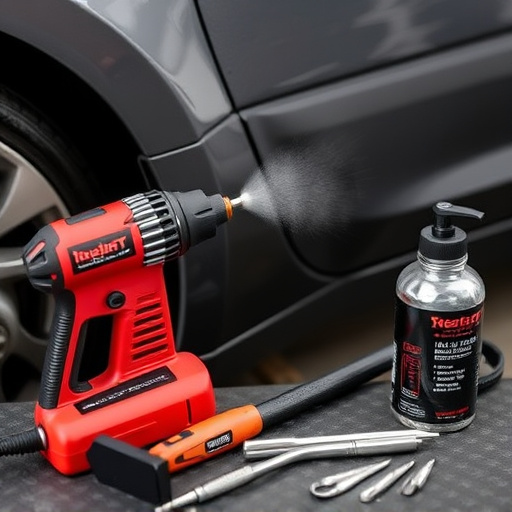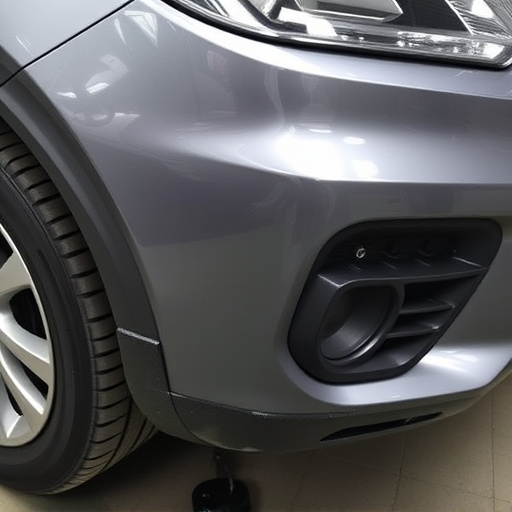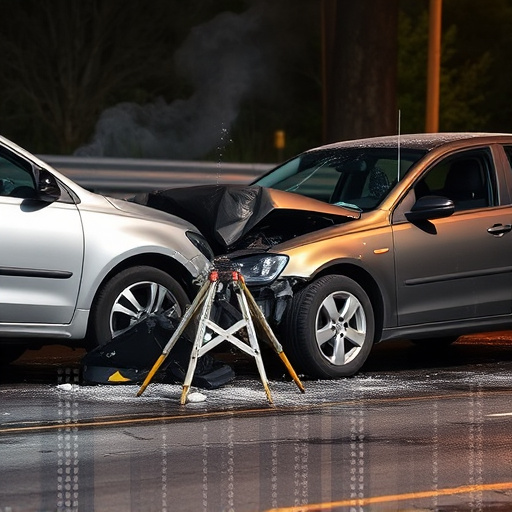Tesla repair documentation is essential for collision centers, encompassing vehicle details, damage descriptions, photos, parts, labor costs, and timelines. Standardized templates enhance efficiency, accuracy, and customer trust by streamlining repairs, improving communication, and maintaining detailed vehicle histories, with benefits for operational performance and insurance claims processing.
In the realm of precision automotive repairs, especially for electric vehicles like Tesla, proper documentation is paramount. This comprehensive checklist guides collision centers through the essential steps of creating thorough Tesla repair documentation. From identifying critical fields to adopting standardized forms, we explore strategies to streamline workflows and maintain superior quality standards. By ensuring meticulous record-keeping, this approach facilitates efficient Tesla repair processes, fostering customer satisfaction and peace of mind.
- Essential Tesla Repair Documentation Fields
- Standardized Forms for Efficient Workflow
- Ensuring Quality with Detailed Records Keeping
Essential Tesla Repair Documentation Fields
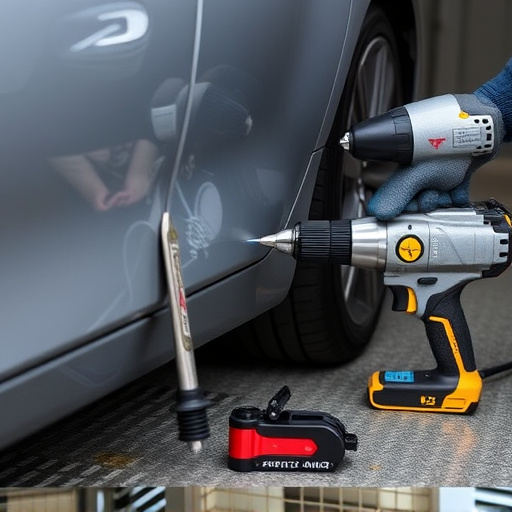
When it comes to Tesla repair documentation for collision centers, several key fields are essential for a comprehensive and accurate record-keeping process. These documents play a pivotal role in ensuring quality repairs, customer satisfaction, and regulatory compliance. Primarily, each report should include detailed information about the vehicle, such as the make, model, year, and unique identification number (VIN). This foundational data enables specialized Mercedes-Benz collision repair services to tailor their approach to the specific Tesla model, considering its unique features and complexities.
Moreover, critical aspects of the repair process demand meticulous documentation. These include a comprehensive description of the damage sustained during the vehicle collision repair, along with before-and-after photographs. Detailed notes on parts replacement, labor costs, and estimated times for various stages of the repair are also vital. For Tesla owners, having this level of transparency enhances trust in the collision center’s capabilities, especially when dealing with high-tech electric vehicle systems. Effective documentation practices facilitate efficient claim processing and serve as a valuable reference for future maintenance and service tasks.
Standardized Forms for Efficient Workflow
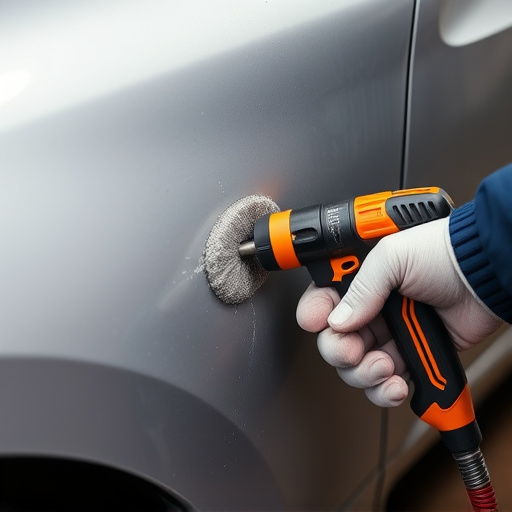
In the fast-paced environment of a collision center, streamlined workflows are key to efficient operations and customer satisfaction. Standardized Tesla repair documentation plays a pivotal role in achieving this. By implementing uniform forms and processes, teams can significantly reduce errors, enhance communication, and ensure consistency across all vehicle body repair tasks. This standardization facilitates quicker turnaround times, allowing technicians to focus on the intricate details of each repair while maintaining high-quality standards.
Well-designed documentation templates for Tesla repairs not only simplify record-keeping but also serve as a valuable resource for training new staff members. They provide a clear framework for documenting every step of the automotive repair process, from initial assessment to final inspection, including detailed notes on parts replacement, paint jobs, and any specialized bodywork techniques employed. This level of documentation precision is essential for maintaining the integrity of each vehicle’s repair history, fostering transparency with customers, and ensuring the collision center operates at peak performance.
Ensuring Quality with Detailed Records Keeping
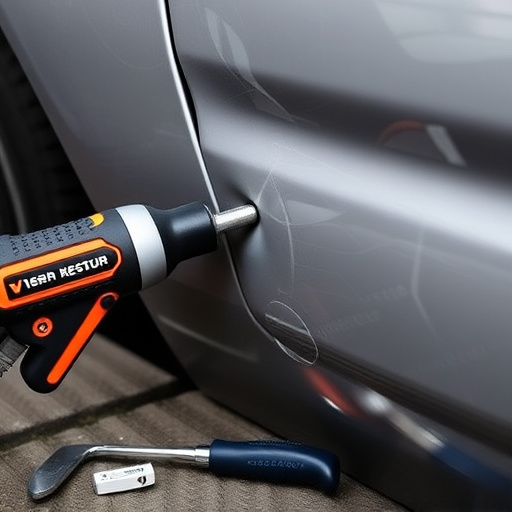
Maintaining meticulous records is paramount in the precision-driven world of Tesla repairs. Detailed documentation ensures that every aspect of a collision or service event is captured accurately, serving as a roadmap for technicians and a safeguard for customers. Every interaction with a vehicle, from initial assessment to final inspection, should be diligently noted. This includes describing damage, recording parts used, documenting labor hours, and noting any special considerations or techniques employed during the repair process.
A comprehensive Tesla repair documentation system is not just about ticking boxes; it’s about fostering transparency and quality control. It allows for easy tracking of progress, facilitates effective communication among team members, and enables customers to understand the care their vehicle has received. This level of detail is also crucial in the event of insurance claims or future car restoration work, ensuring that every element of the repair history is accessible and verifiable, promoting trust and peace of mind for all involved.
When it comes to Tesla repair documentation, a well-organized and standardized system is key to ensuring efficient workflow and maintaining quality. By implementing these practices, collision centers can streamline their processes, enhance accuracy, and provide top-notch service for electric vehicle repairs. Remember, detailed records keeping is not just about compliance; it’s also about fostering trust with Tesla owners and delivering outstanding customer experiences.


